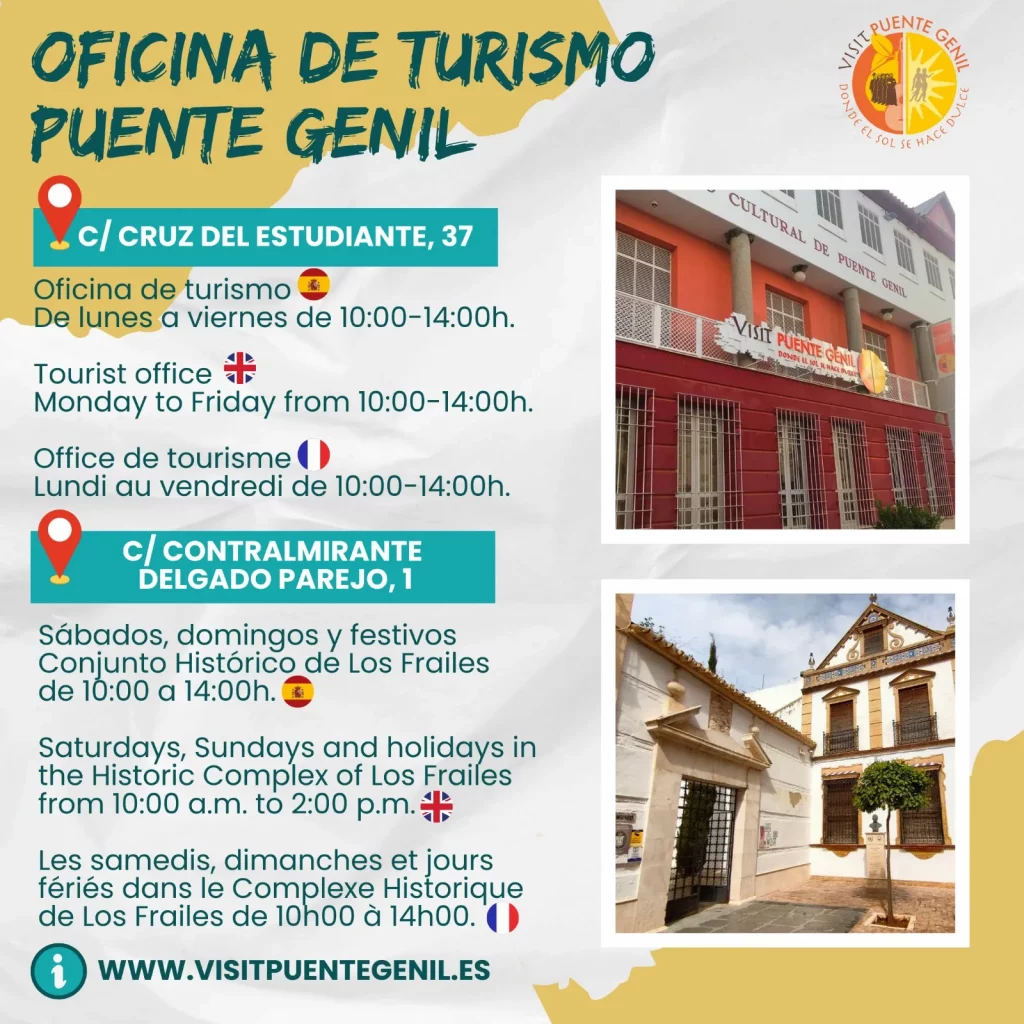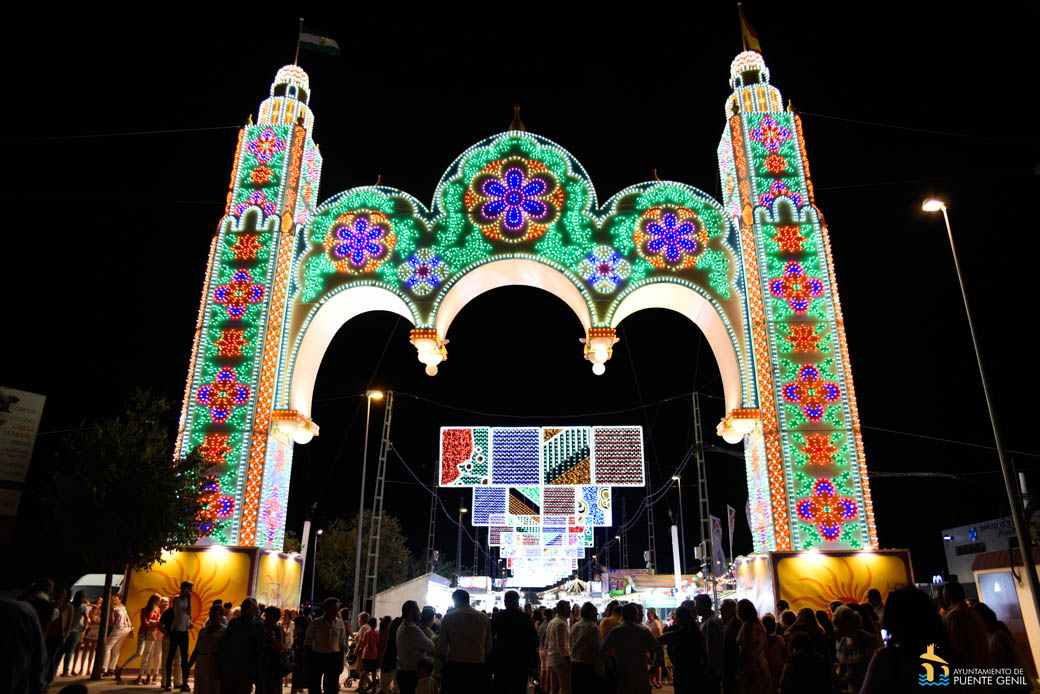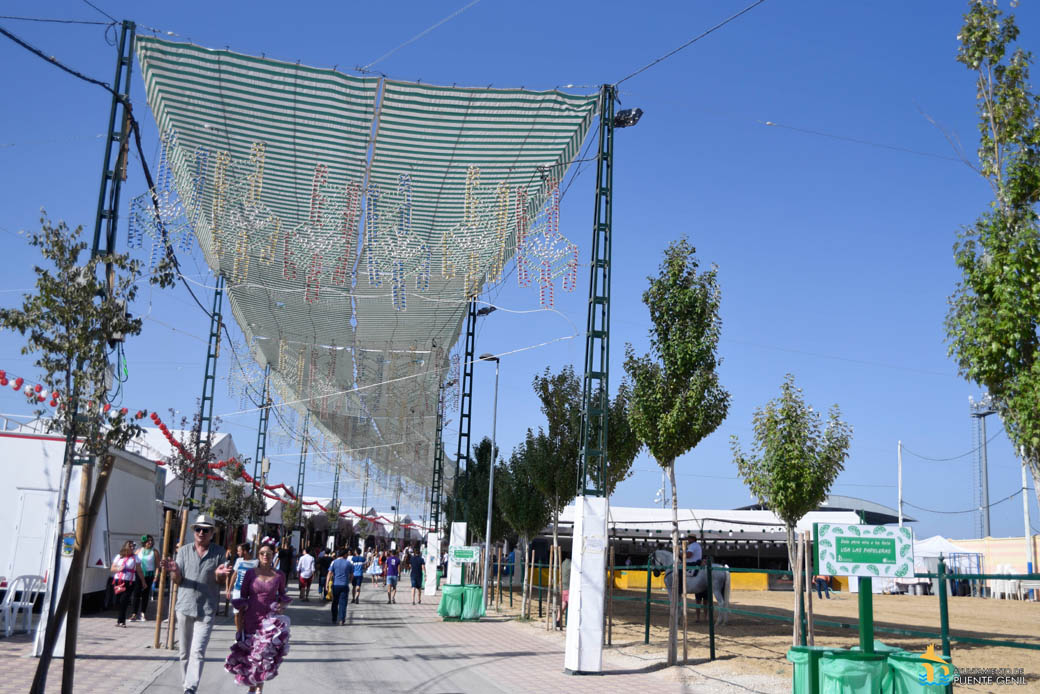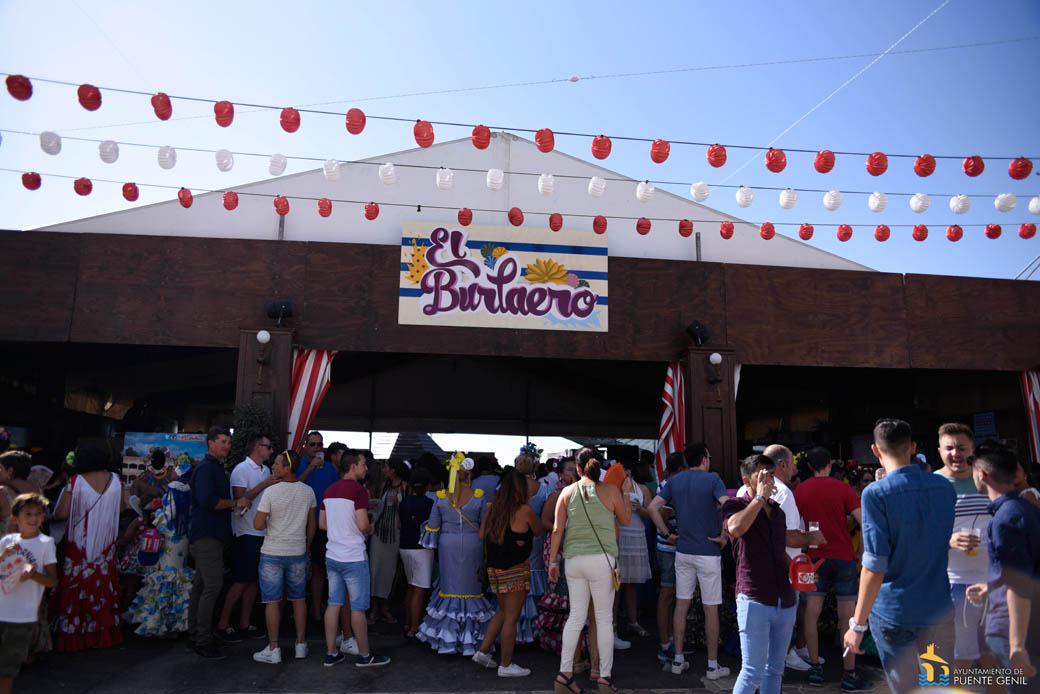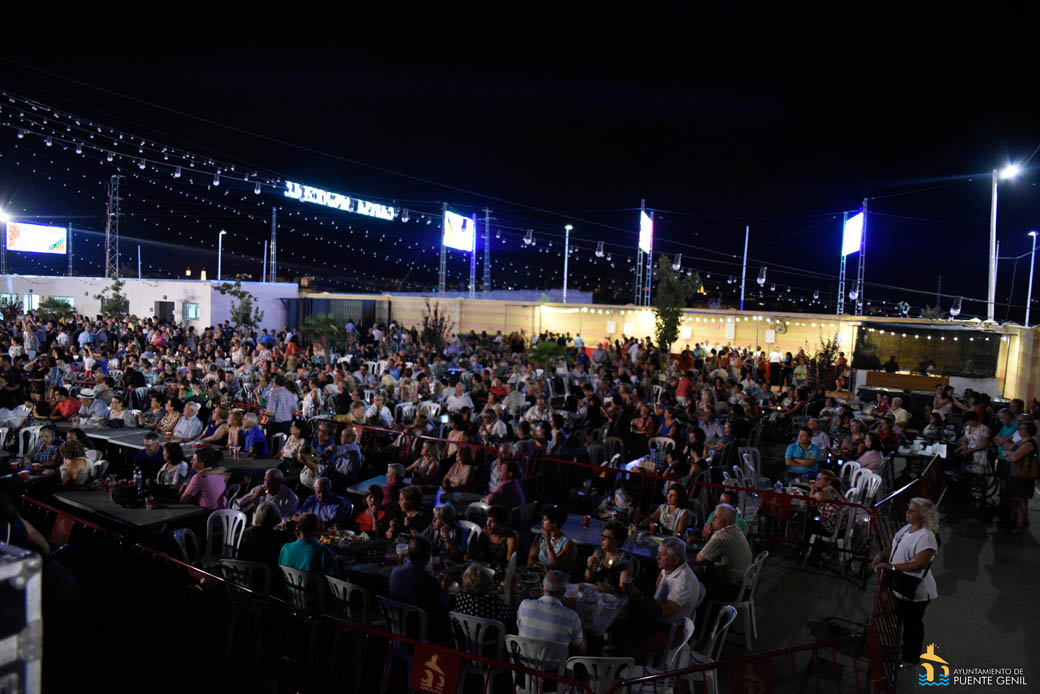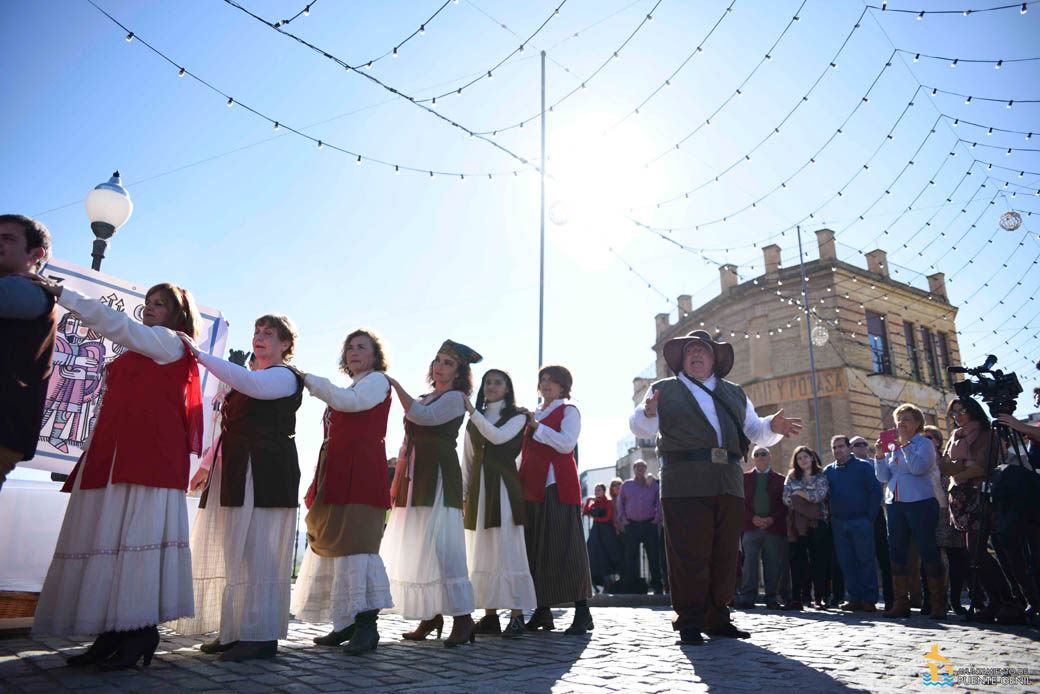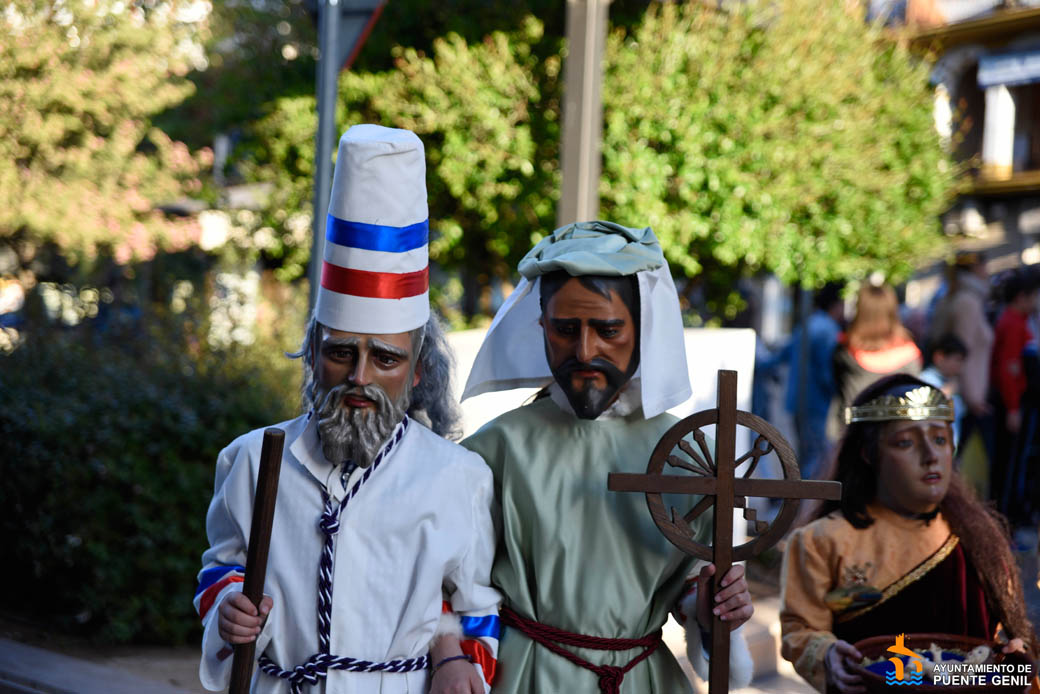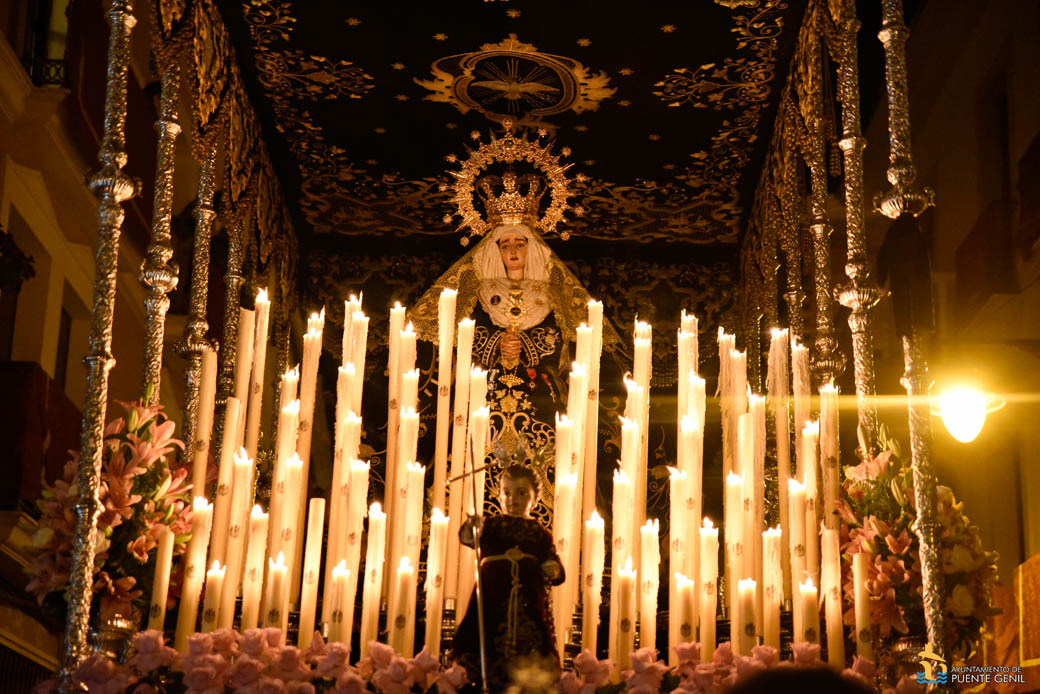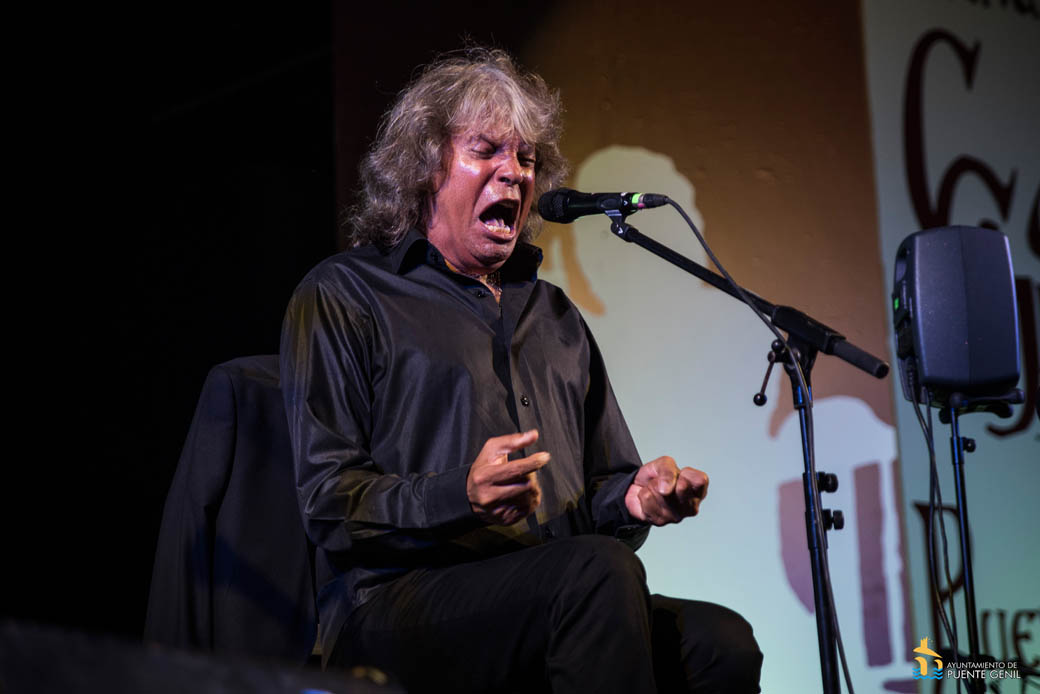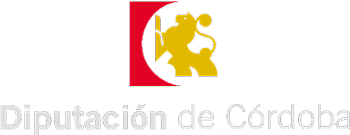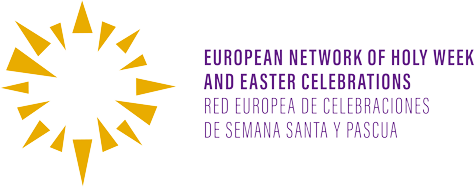The Festivity
Puente Genil can rightly be proud of having one of the oldest fairs in the region. Since the last third of the 17th century, around 1670, fairs were held as they were called in Puente de Don Gonzalo and these took place in the Barrio Bajo.
At that time they were of great commercial importance and Puente Genil was no stranger to their special geographical location, as an important communications hub through its Puente de Piedra (Stone Bridge), through which all kinds of goods passed, paying their corresponding taxes called pontazgos.
In those years there were hardly any fixed shops and most of them were supplied by street vendors and hawkers to get the products they needed.
The old ordinances regarding La Puente fairs establish the places to sell the different goods that were sold in this primitive La Puente Livestock Fair.
For the sale of fine articles such as taffeta, silk, glass, prints, worked silver, and gold and pearl jewelry, the merchants had to be located along Ancha and Don Gonzalo streets. In those same ordinances, in their second place, the sale of slaves was reserved for the Plaza de Emilio Reina, then called the Plaza de la Mosca or the Plaza Nueva, it was usual in those years the sale of slaves that was authorized by the Church, only that in Spain they were used for domestic service and used to free them when the owners died and sometimes left them a small legacy.
The last place for the sale of livestock was the arenas, the farms around the town.
The Fair took place on the above-mentioned dates in the first days of September, until in 1834, by Royal Decree of Queen María Cristina, the date was changed and it began to be celebrated from 15 August, the feast of the Assumption of the Virgin and the following days.
The Livestock Fair gradually lost its commercial character, with which it was initially born, to become a celebration of festive and recreational expansion that has led to the current Royal Fair of Puente Genil.
Puente Genil has the particularity of being one of the oldest fairs in the region, many towns have been changing their traditional dates for convenience.
For Puente Genil this was not necessary as it was anticipated in many years by choosing the month of August for its fair; the holiday month par excellence today. And so every year Puente Genil celebrates its Royal Fair with renewed vigour and with the brilliance and splendour that has always characterised it.
Francisco Luque, the official Town Chronicler, wrote that precisely on August 15, 1834, our Fair, as we know it today, officially began. It started with three holidays, and now almost ends with the whole week. At that time, bullfights, band performances, and other fun attractions were held, apart from the renowned Theatre and Zarzuela Companies, which performed at the Circus Theatre.
Due to the increase in the census of inhabitants and to the fact that the enclosure in the so called Barrio Bajo became small, the Illustrious Town Hall agreed in 1923 to move the fair to the wide and modern sector of La Matallana, a space more in keeping with the numerous booths that were set up in the rocks and casinos of the city. As we pointed out, on 15th August 1923, by unanimous agreement of the Municipal Corporation of the Illustrious Town Hall of Puente Genil, the Royal Fair was installed for the first time in the Plaza del Romeral and Avenida de Susana Benítez, with the lighting reaching the so-called “Morabito”. The remarkable growth of the town made it necessary to move the exhibition centre, which was becoming insufficient in Barrio Bajo, and the pleasant new one was a great event in the city.
As a very bright entrance, the part of Aguilar Street was used, and later these wonderful arches were enlarged, until they also gave a view of Horno Street. In the Paseo, the stately dance stalls of the Círculo Liceo and Sociedad Artística Musical were set up, whose vocal and instrumental group offered its members interesting concerts and performances that livened up the days of the fair. At the entrance to the Matallana, the pontoon seller of mortar and metal and copper objects was set up, with attractive items; as well as the so-called sawdust stands, where the jewellery was sold. Toy stands, raffles, nougat stands, doughnut stands. Also wandering were the typical photographers or portrait artists ” at the minute ” who took in fraganti the children dressed in Andalusian clothes.
The Caseta del Círculo Mercantil was placed in front of the wide façade of the Asylum of Santa Susana. Some years, when there was a contest of booths, those of the Biblical Corporations were camping at the Fair: “Las Potencias”, “El Cirio”, “El Pelícano”, “Las Virtudes Morales”, “Primer Grupo de Nuestra Señora de los Dolores” and many others.
At the same time, in the aspect of Dance Booths, there were the ones of the Casino Liceo, Círculo Mercantil, Vespa Club, Peña Artística Amigos del Teatro and Puente Genil AD, always standing out for their beauty that of “Los Amigos del Teatro”, which on more than one occasion won the first prize.
The fair continued to expand and a few years later the lighting was installed in the garden of the Plaza de España, where the Parish of San José currently stands, until it finally reached “El Tropezón”, where a booth was also installed on the beautiful promenade that begins the Avenida de la Estación.
The first Amusement Parks were established in the Santa Susana Sports Field, where today is located the I.E.S Manuel Reina , and other times in the existing lands after the Susana Benítez street with entrance by the Perez Cantos and Parejo y Cañero streets.
One year the street of hell was established by the so-called Arrese Group, as well as on other occasions in the lands adjacent to the Avenida de la Estación that were used for housing buildings and lately in the “Era” of the Cuesta del Molino. What is called the Real de la Feria was beautiful in the Avenues of Susana Benítez, Poeta Manuel Reina and Plaza del Romeral, but since there was no land for the Amusement Park, it was necessary to convince oneself that the best place in all concepts was the Plaza de Jesús Nazareno, and for the first time there was municipal land suitable for absorbing the entire fair, until the projection of the fireworks, which in those years were contemplated in the same Sports Field of Jesús Nazareno.
The Current Fair
Since 1999, the Royal Fair of Puente Genil has been held in the Llanos de Santa Filomena until 2014, when it was moved to the new Garrotalillo Exhibition Centre where it has been held ever since.
The numerous booths, mostly organized by local socio-cultural groups, organize a large number of activities that make the hot summer nights uniquely enjoyable. It is worth mentioning that the Royal Fair begins on 14 August with the Festival of Cante Grande of Puente Genil, one of the most important in the flamenco genre and which, since its origins, has been dedicated to one of the bastions of the genre, Antonio Fernández Díaz, Fosforito, a native of the town. From this moment until August 19th, one of the most renowned fairs takes place. A word of advice, don’t stop visiting it, you won’t regret it.
